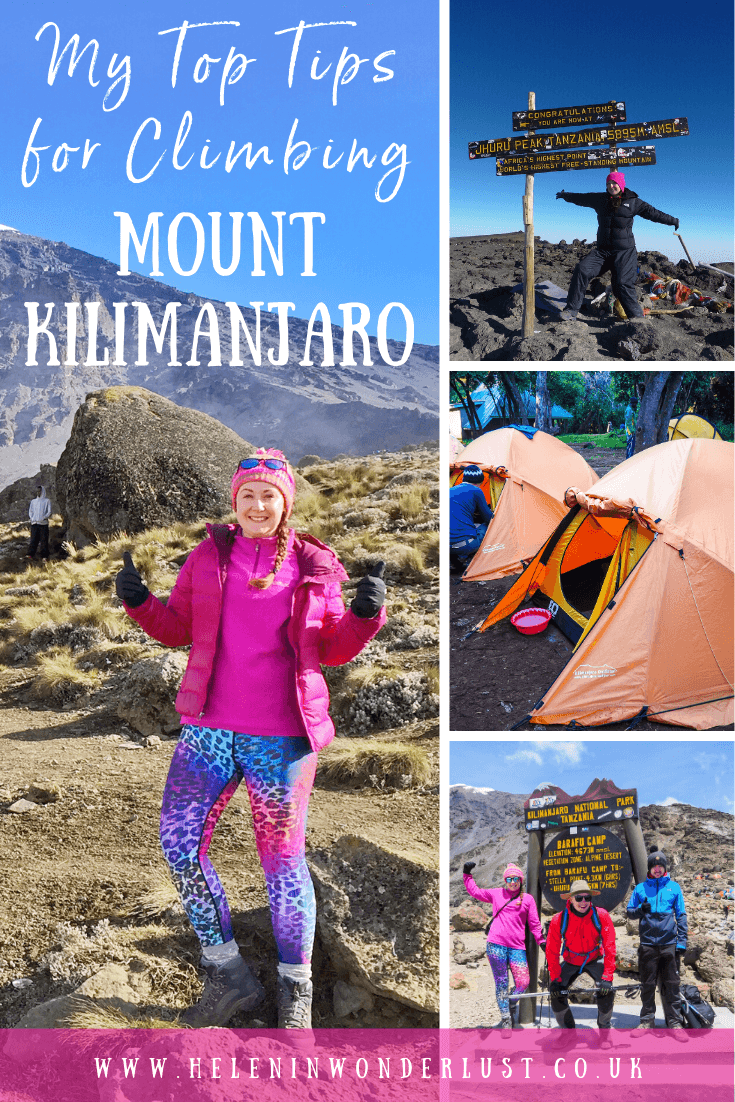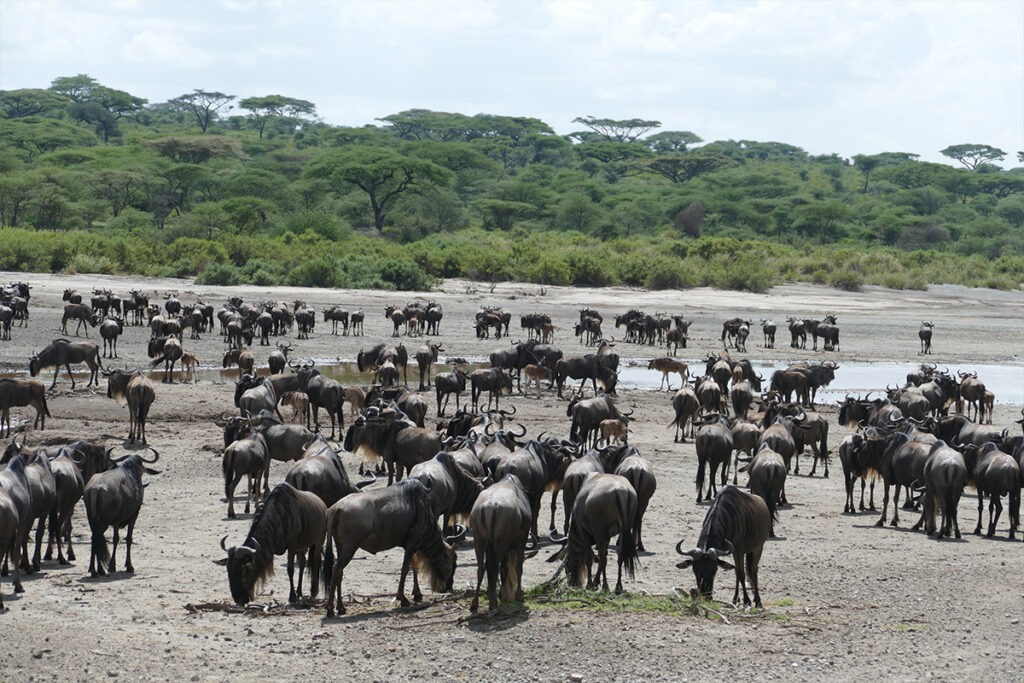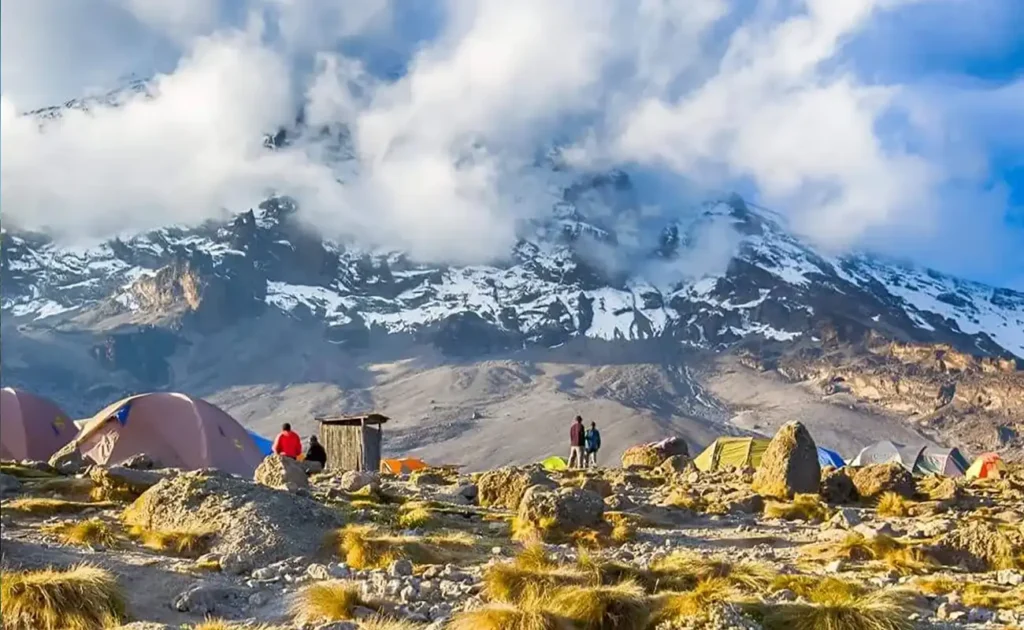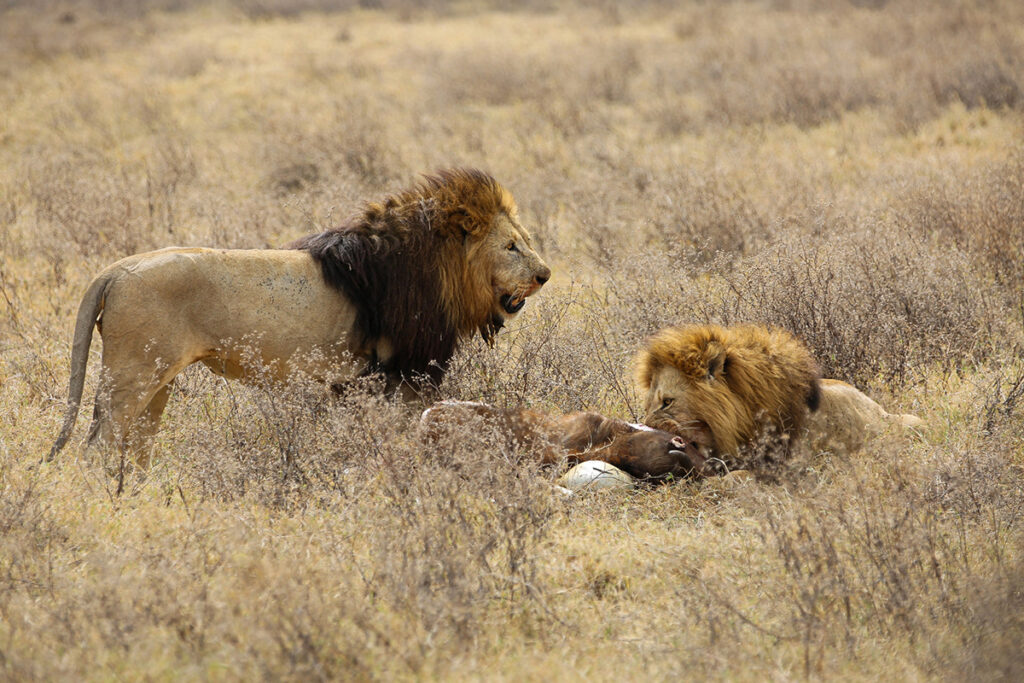Climbing Mount Kilimanjaro is not just an adventurous feat; it’s a physical challenge that tests your endurance and strength. Surprisingly, only about 65% of climbers reach the summit, primarily due to inadequate physical preparation. This makes understanding the right preparation techniques even more crucial for anyone aiming to tackle this iconic peak.
The history of successful Kilimanjaro summits underscores the importance of physical fitness. Past studies show that individuals who engage in a focused training regime, including aerobic exercises, strength training, and altitude acclimatization, significantly increase their chances of success. As an expert climber, integrating these physical preparation tips can make the difference between a triumph and an early retreat.
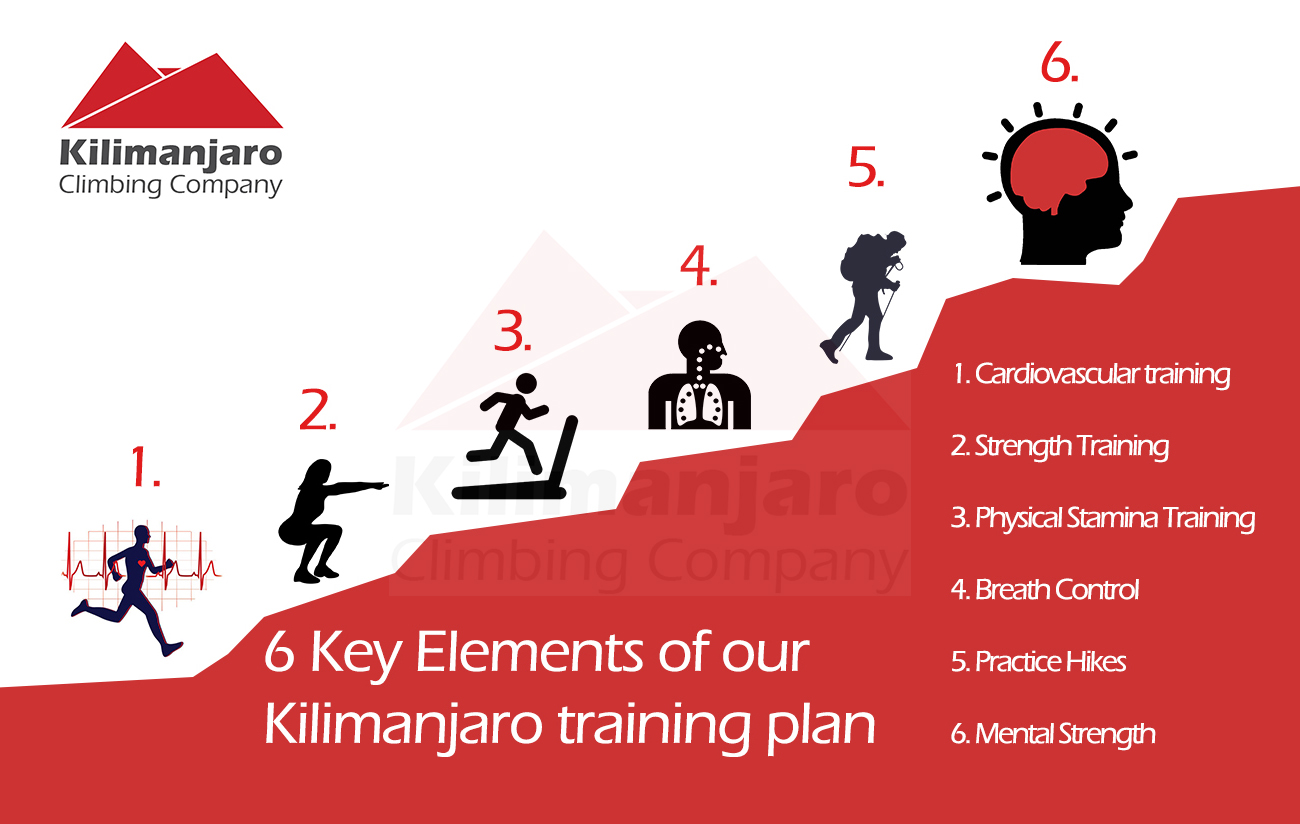
Physical Preparation Tips for Kilimanjaro
When preparing for a Kilimanjaro climb, working on your aerobic fitness is crucial. This means you should focus on exercises that get your heart pumping, like jogging or cycling. Aim for at least 30 minutes of aerobic exercise three times a week. Gradually increase the intensity and duration as your fitness improves. This will help your body handle the elevation and long days of trekking.
Strength training should not be overlooked either. Climbing Kilimanjaro requires robust legs, core strength, and even strong arms. Simple exercises such as squats, lunges, and push-ups can go a long way. Consistent strength training will boost your endurance and prevent injuries. Adding weights to your backpack during hikes can better prepare you for carrying your gear on the mountain.
Acclimatizing to high altitudes is another necessary preparation. Consider taking shorter hikes at higher elevations before your Kilimanjaro trip. This helps your body adjust to lower oxygen levels. Additionally, proper breathing techniques can also be beneficial. Practice deep and slow breathing exercises to increase oxygen intake.
Nutrition plays a significant role in your training process. Consuming balanced meals before your climb enhances your physical fitness. It’s also wise to stay hydrated; proper hydration assists in acclimatization. Include iron-rich foods in your diet to help your blood supply more oxygen. Your preparation should be a balance of fitness, acclimatization, and nutrition.
How to Train for Climbing Kilimanjaro (The Best Way)
Aerobic Conditioning for Mount Kilimanjaro
Aerobic conditioning is essential when preparing for a Mount Kilimanjaro climb. Engage in exercises that increase heart rate and improve lung capacity. Activities such as running, cycling, and swimming are beneficial. They help develop endurance which is crucial for long days of hiking. Moreover, consistent aerobic workouts will aid in faster recovery.
Incorporating variety in your aerobic routine keeps training interesting. Try mixing different exercises to maintain motivation. For example, alternate between cycling and swimming each week. This not only boosts fitness levels but also reduces the risk of burnout. Changing the routine challenges various muscle groups as well.
Creating a training schedule can enhance your aerobic conditioning efforts. Start with three sessions per week and gradually increase to five. Each session should last at least 30 minutes. A sample weekly schedule could look like this:
| Day | Activity |
|---|---|
| Monday | Running |
| Wednesday | Cycling |
| Friday | Swimming |
| Saturday | Hiking |
| Sunday | Rest |
Understanding the benefits of aerobic conditioning is important. It helps your body use oxygen more efficiently, reducing fatigue during the climb. Engaging in regular aerobic exercise can also boost confidence. Feeling prepared can make the Kilimanjaro experience more enjoyable. It’s about building both mental and physical strength.
Strength Training for Kilimanjaro Climbing
Strength training is a vital component for anyone aiming to climb Mount Kilimanjaro. Building muscle strength helps you carry your backpack and reduces fatigue. Focus on exercises that target legs, core, and upper body muscles. Key exercises like squats, lunges, and planks are highly beneficial. These workouts help build the necessary stamina for the challenging trek.
Incorporating weights can greatly enhance your strength training routine. Start with lighter weights and slowly increase as your strength builds. Using dumbbells during squats and lunges adds intensity. Consider adding resistance bands for exercises such as leg raises. This varied resistance training ensures better muscle conditioning.
Consistency is key in any strength training program. Plan your workout routine by allocating specific days for muscle groups. An example weekly workout schedule might include:
| Day | Workout Focus |
|---|---|
| Tuesday | Legs and Core |
| Thursday | Arms and Shoulders |
| Saturday | Full Body |
Understanding the impact of strength training helps motivate regular practice. Strong muscles reduce the likelihood of injury during climbs. This training builds confidence, knowing your body can meet the challenge. As strength improves, so does your overall hiking performance. The result is a more enjoyable and successful Kilimanjaro adventure.
Acclimatization Techniques for Kilimanjaro
Acclimatization is a crucial process for climbers tackling Kilimanjaro. When you ascend to high altitudes, the air becomes thinner, requiring your body to adjust for optimal performance. This involves increasing the number of red blood cells to carry more oxygen. Taking it slow and steady is vital, giving your body time to adapt. A common saying is “climb high, sleep low” to aid acclimatization.
Staying hydrated is another key technique for acclimatization. Drinking plenty of water helps your body adjust effectively. Climbing can lead to dehydration, which can worsen altitude sickness. Aim for at least 3 to 4 liters of water each day. Avoiding caffeine and alcohol is also recommended, as both can dehydrate your body.
Proper nutrition supports acclimatization too. Eating energy-rich foods provides the fuel needed for your body to adjust. Include carbohydrates such as pasta and rice in your meals. Such foods are easy to digest at high altitudes and provide lasting energy. Additionally, snacking on nuts and fruit can maintain your strength.
Breathing techniques can help increase oxygen intake. Practicing deep, rhythmic breathing ensures you get more oxygen with each inhale. This can be especially helpful during uphill climbs. Remember to take slow and controlled breaths. This technique also helps calm the mind, reducing fatigue and anxiety.
Planning your ascent is a crucial component of acclimatization. Many experts recommend a gradual increase in altitude to allow proper adjustment. A well-planned route typically includes designated rest days. These pauses give your body the chance to acclimate before climbing higher. They can be the difference between summit success and needing to turn back early.
Consider medication to assist with acclimatization if needed. While not everyone will require it, medications like acetazolamide can speed up the acclimatization process. Always consult with a healthcare professional before taking medications. Remember, preparation and knowledge about acclimatization can improve your Kilimanjaro experience. It’s about making the climb safer and more enjoyable.
The Impact of Physical Preparation on Kilimanjaro Summit Success
Physical preparation significantly influences your success rate when climbing Mount Kilimanjaro. Studies show that climbers who train adequately have a higher chance of reaching the summit. Preparation involves strengthening the body to withstand the physical demands of the trek. Engaging in activities like hiking or running can boost endurance. This preparation helps your muscles handle the long trek more efficiently.
Aerobic conditioning is a key factor in this preparation process. Building cardiovascular strength makes it easier to perform at high altitudes. Your body becomes adept at using oxygen efficiently, minimizing exhaustion. Moreover, this training enhances lung capacity, essential for breathing in lower oxygen levels. It’s evident that aerobic exercises directly impact summit success.
Additionally, strength training plays a vital role in success. Building muscle strength prepares your body for carrying gear and dealing with uneven terrains. Exercises targeting core and leg strength make climbs less strenuous. Proper strength training can prevent injuries during the trek too. Thus, a combination of aerobic and strength routines greatly increases your chances of reaching the top.
The importance of acclimatization should not be underestimated. Gradually adapting to higher altitudes improves your body’s performance. Planned rest days allow your body to adjust before ascending higher. Acclimatization improves comfort and safety during the climb. This strategy is invaluable for both experienced and novice climbers.
Nutrition and hydration also influence your trekking experience. Eating balanced meals fuels your body, providing the necessary energy for the climb. Staying hydrated is equally crucial, as dehydration can lead to altitude sickness. Carry snacks that are rich in nutrients during the trek. Thus, proper nutrition complements physical training for a successful summit.
Preparedness impacts not only success rates but also overall enjoyment. Climbers who train well tend to experience less fatigue and discomfort. This makes the adventure more pleasant and rewarding. So, understanding the benefits of physical preparation motivates climbers to train diligently. With proper preparation, conquering Kilimanjaro becomes an achievable dream.
Techniques for Maintaining Stamina During Kilimanjaro Climb
Maintaining stamina during a Kilimanjaro climb is essential for reaching the summit. One effective method is pacing yourself with slow and steady steps. Rushing up the mountain can lead to exhaustion and decrease your chances of success. Remember, it’s not a race—taking your time can conserve energy. This paced approach ensures that you can enjoy the trek without feeling overly tired.
A balanced diet plays a critical role in sustaining energy levels. Consuming carbohydrate-rich foods like pasta and rice provides the necessary fuel. These foods help maintain your energy throughout the day. Include protein sources such as nuts or beans for muscle repair. Regular snacking on fruit or energy bars can prevent dips in blood sugar.
Staying hydrated is vital for stamina on the climb. Dehydration can quickly sap your energy, making the trek much harder. Aim to drink small amounts of water frequently, instead of large gulps all at once. Consider using hydration packs to easily sip while walking. Proper hydration helps you stay alert and energetic on the journey.
Utilizing breathing techniques can aid in preserving stamina. Deep breathing allows for maximum oxygen intake, which is crucial at high altitudes. Focus on inhaling deeply through your nose and slowly exhaling. This practice increases oxygen flow, reducing fatigue. Combined with a steady pace, breathing techniques can make the climb more manageable.
Strength training before the trek contributes to better stamina. Building leg muscles through exercises like squats and lunges enhances endurance. Strong muscles support carrying your backpack with ease. Consistent training results in less fatigue during the climb. This preparation is key to maintaining energy levels on the mountain.
Having a mental strategy can also boost stamina. Keeping a positive attitude can motivate you even when the climb gets tough. Break the trek into smaller, manageable goals rather than focusing on the entire path. Achieving these milestones can provide a sense of accomplishment and a mental boost. With the right mindset, every step brings you closer to the summit.
Key Takeaways
- Aerobic exercises like jogging boost your cardiovascular fitness for Kilimanjaro.
- Strength training focuses on legs and core to improve endurance.
- Gradual altitude exposure is key for effective acclimatization.
- Balanced nutrition fuels your body and maintains energy levels.
- Stay hydrated to prevent dehydration and altitude sickness.
